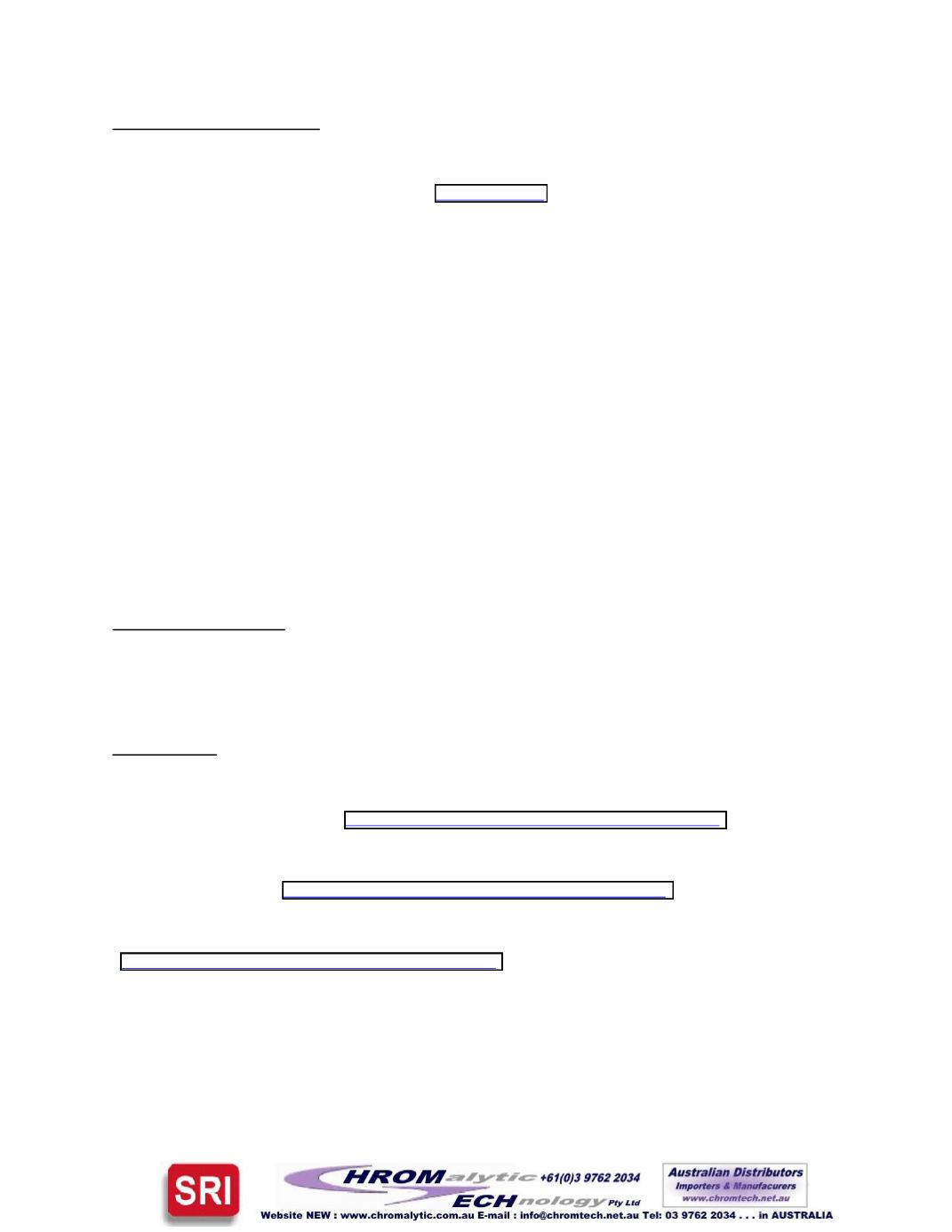
RESULTSANDDISCUSSION
Tables 2–4 show that there was good agreement between the concentration estimates that were established by the
GC-TIDmethod and those determined with either Method 8330 or Method 8095. Past participation in the EPA’s
Environmental Technology Verification Program (
and work in a land mine field (Hewitt et al.,
2001) were also very successful. For example, the on-site method of analysis established more accurate explosives
concentrations for reference samples than those obtained by the reference laboratory for the ETV program and al-
lowed us to delineate the surface boundaries of explosives residues above buried land mines. These two activities
highlight the reliability and flexibilityof this analytical method.
The recoveries of explosives using a cotton swab moistened with acetone (>70%) from the hand grenade fragment
and spiked coupons also agreedwithprevious trials (Hewitt 2001). Furthermore, the ratio ofRDX toHMX, 7.74, for
the Comp B filled hand grenade was in good agreement with a previously established value (7.61) usingMethod
8330 (Jenkins et al., in press). Although the surface wipes of the 120-mmmortar fin failed to detect a distinct distri-
bution of NG, its presence is consistent with earlier efforts. For example, testing of mortar fins for NG when this
explosive was present in the igniter has shown that this analyte can remain on surfaces for several years, regardless
of its environmental settings (M.Walsh, personal communication, CRREL).
The novelty of this effort involved the coupling of a quick and simple colorimetric screening test with a GC-TID
analysis. Pre-screening is advisable for anyGC analysis of unknown samples. Indeed, the ability to perform timely
on-site GC analyses can easily be confounded by inadvertently introducing a high-concentration sample because of
the time involved to return the analytical system response to baseline conditions (i.e., to avoid false positives for
subsequent analyses). The findings inTable 4 show that this colorimetric screening test can identify high concentra-
tions of both nitroaromatic and nitramine explosives independently of each other or in the same sample extract. The
success of this preliminary study has encouraged us to recommend this technique for use in range characterization
activities involvingon-site sample analysis.
ACKNOWLEDGMENTS
Fundingwas provided by theU.S. ArmyEnvironmental Center,MartinH. Stutz, ProjectMonitor. Technical reviews
were provided by David B. Ringelberg and Karen Foley. The authors also thank the Environmental Technology
VerificationProgram (EricN. Koglin, AmyB. Dindal, Dr. CharlesK. Bayne, andDr. RogerA. Jenkins).
REFERENCES
Hewitt, A.D., and T.F. Jenkins (1999) On-site method for measuring nitroaromatic and nitramine explosives in soil
and groundwater usingGC-NPD: FeasibilityStudy. U.S. ArmyColdRegions Research andEngineeringLaboratory,
Hanover, NH, Special Report 99-9.
Hewitt A.D., T.F. Jenkins, and T.A. Ranney (2001) Field gas chromatography / thermionic detector system for the
analysis of explosives in soils. U.S. Army Cold Regions Research and Engineering Laboratory, Hanover, NH,
ERDC/CRRELTR-01-9.
Hewitt A.D. (2001) Characterization of range scrap and development of quality assurance coupons for hot gas
treatment. U.S. Army Cold Regions Research and Engineering Laboratory, Hanover, NH, ERDC/CRRELTR-01-7.
Jenkins, T.F., J.C. Pennington, T.A. Ranney, T.E. Berry, P.H. Miyares, M.E. Walsh, A.D. Hewitt, N. Perron, L.V.
Parker, C.A. Hayes, andE.Wahlgren (inpress)
Characterization of explosives contamination atmilitary firing
ranges. U.S. ArmyColdRegionsResearch andEngineeringLaboratory, Hanover, NH, ERDC/CRRELTR.


